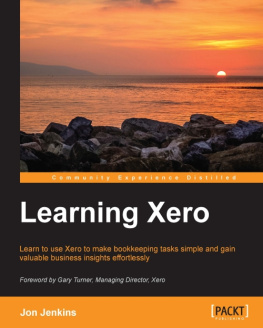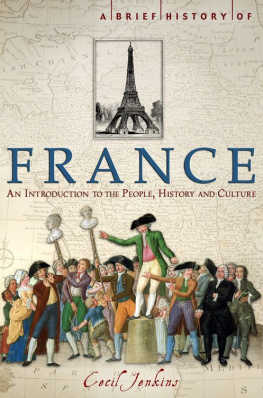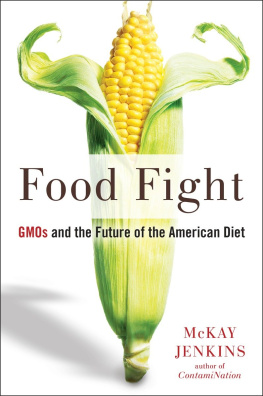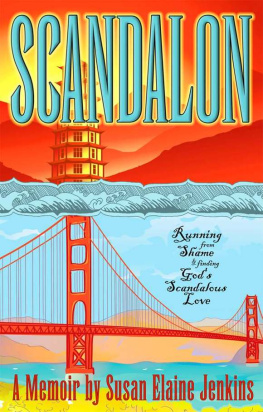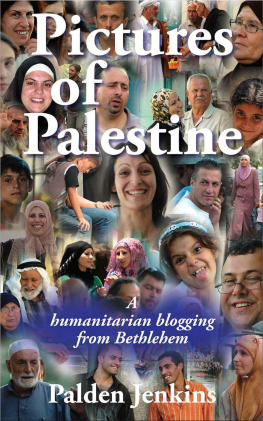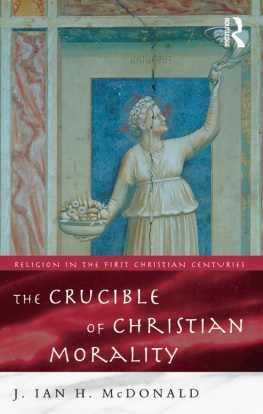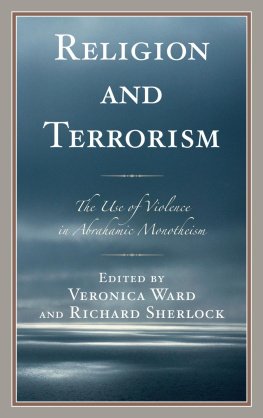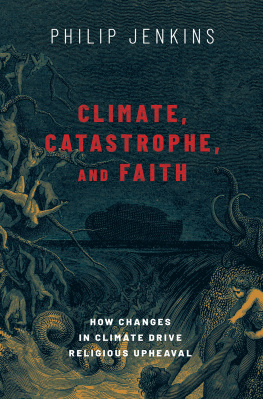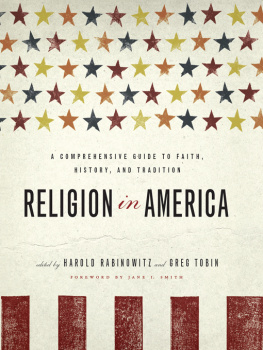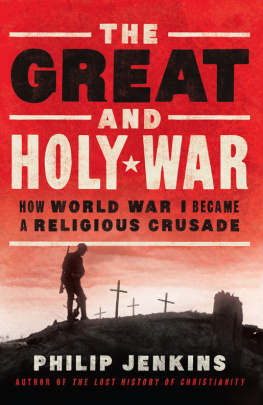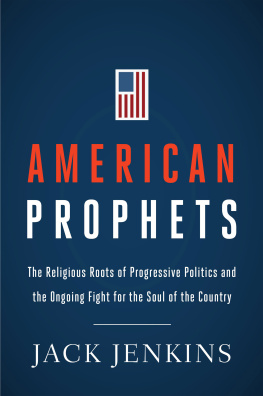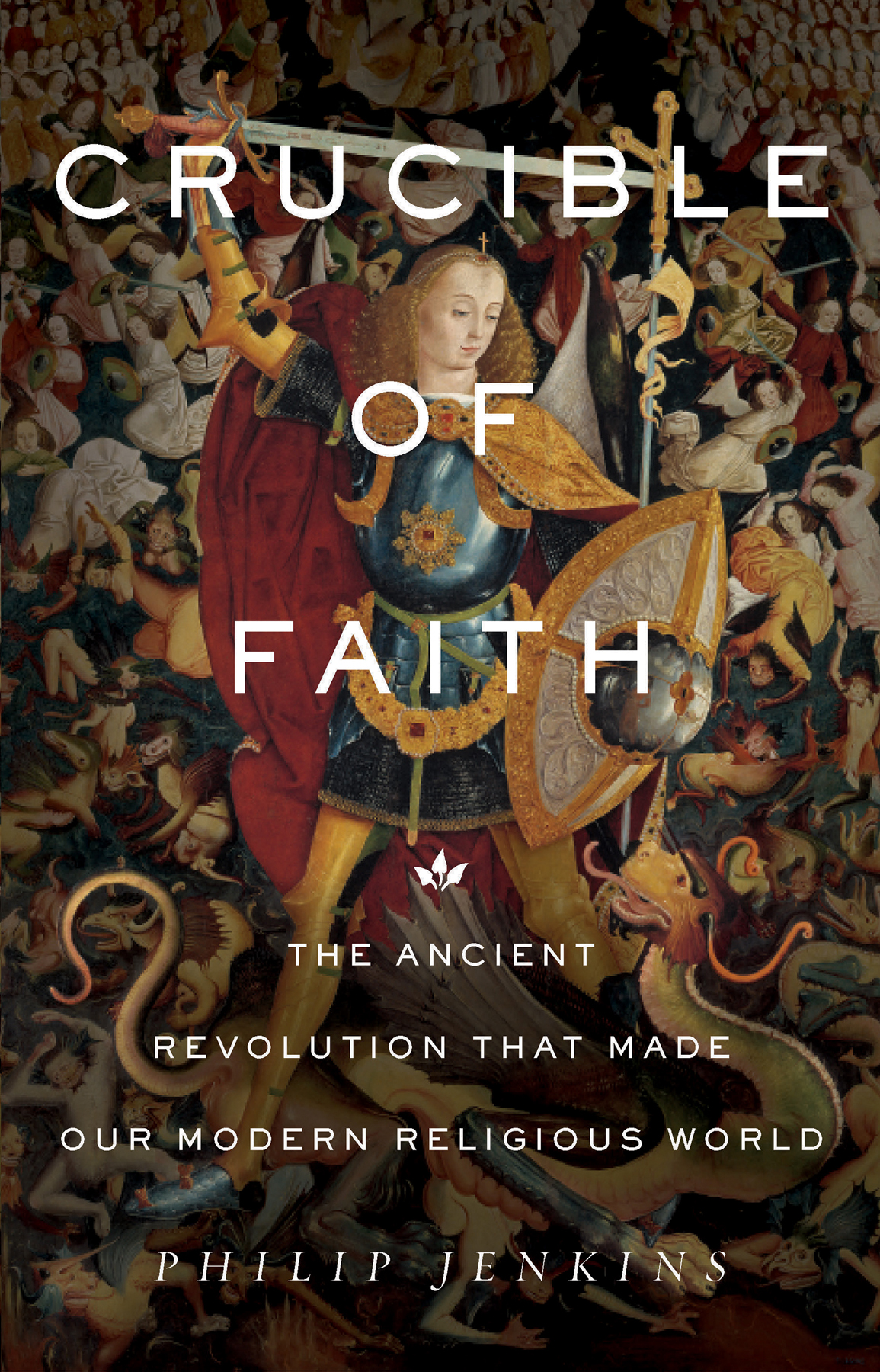2.1. The Hellenistic Dynasties
(selected rulers; all dates BCE )
H ISTORIANS USE VARIOUS METHODS for presenting dates in the distant past. The traditional system of BC/AD has a Christian bias, as it explicitly refers not just to Christ but to the Lord, and in the interests of objectivity many writers prefer the term Common Era, or CE , instead of AD. That is not without problems, as the basis for Common Era dating is still the supposed date for Christs birth. Nevertheless, this book will use BCE and CE throughout.
I will refer often to the text that Jews know as the Tanakh or the Bible and Christians refer to as the Old Testament. Jews naturally dislike the latter term because it suggests that their scriptures are outmoded or surpassed, and many modern Christians respect these sensitivities by themselves adopting the term Hebrew Bible or Hebrew scriptures. For various reasons, though, it is difficult to find a neutral or wholly accurate term for this collection because the Hebrew Bible and the Old Testament are not quite identical in their contents.
This point requires some explanation. The Jewish Biblethe Hebrew Biblehas three sections, the Torah (Law), Neviim (Prophets), and Ketuvim (Writings), which gives us the acronym Tanakh. In the books that it treats as approved or canonical, that collection corresponds exactly to the Protestant Old Testament. However, the precise number of books differs somewhat in each version, because works that are treated as a unity in the Hebrew (such as Ezra and Nehemiah) are distinguished in the Protestant text.
In its attitude to the canonthat is, in its choice of approved worksthe Hebrew Bible represents one approach, but it is not necessarily the only one. During the third century BCE , Jewish scholars translated biblical texts into the Greek version known as the Septuagint. Because it is a translation, one would assume that its readings are inferior to those of the Hebrew or Aramaic, but that is not always so. In many cases, the Septuagint preserved readings that are older and arguably more authentic. Also, the Septuagint reflects the choice of books prevailing in the ancient era and is thus considerably wider in scope than what is found in the Tanakh. The fact that certain books were accepted within the canon while others were rejected was based on critical and historical assumptions that were not always soundfor instance, deciding which books might be genuinely ancient.
In creating their own canon, most Christian churches from early times through the Reformation relied on the Septuagint and thus included in their Old Testaments several works absent from the Hebrew Bible. This meant 1 and 2 Maccabees, Sirach (Ecclesiasticus), Tobit, Baruch, Judith, and the Wisdom of Solomon; in addition, they knew more extended versions of books like Daniel and Esther. During the sixteenth-century Reformation, Protestants demoted these books to the inferior level of Apocrypha, hidden things, but that division was not observed by Roman Catholic or Orthodox Christians or by many other smaller churches around the world. For non-Protestants these Deuterocanonical books (literally, the Second Canon) are canonical rather than merely apocryphal, and they are unequivocally part of the Old Testament. Orthodox churches use the category anagignoskomena, those which are to be read, which includes the Deuterocanonicals, but also 1 Esdras, 3 Maccabees, and Psalm 151.
It is therefore difficult to know how to refer to texts that are canon for some but not for others. To illustrate the problem, how should I refer to the influential book of Sirach, which was originally written in Hebrew around 190 BCE , although historically it was mainly known in Greek? Portions of the Hebrew original survive among the Dead Sea Scrolls (together with the Book of Tobit), although that does not necessarily say anything about the canonical status of either work. In later times, Sirach did not form part of either the Hebrew Bible or the Protestant Old Testament, but it is canonical for Catholics, Orthodox, and other groups. It thus forms part of (some) Old Testaments, but not the Hebrew Bible.
Complicating the matter further, some sizable churches have long operated in isolation from other Christian communities and they are still more expansive in their definitions. The most significant is the Ethiopian Orthodox Tewahedo Church, which counts an impressive forty million members. Besides the familiar books of the Protestant Bible plus the Deuterocanonical works, they also use and canonize other significant writings that once circulated widely but have since been forgotten in most of the Christian world. These include 1 Enoch and the book of Jubilees, both of which will be discussed at length in these pages. Various churches worldwide also accept additional books under the general name of Maccabees.
With all due caveats, then, I will use both the terms Hebrew Bible and Old Testament where they apply, sometimes with additional detail to explain how I am using the words in a particular context.
Also potentially sensitive is the name given to the region in which so much of the action of this book occurs. In my usage Palestine refers to the geographical area west of the river Jordan that is today covered by the state of Israel, the Palestinian territories, and the Gaza Strip. That reflects the historical usage prior to the twentieth century. (During the British mandate era that ended in 1948, the term was extended for administrative convenience to cover what is today known as the nation of Jordan.)
Some dislike the term Palestine because it was imposed by the Romans after the crushing of the Jewish revolt in 135, and they believe that it deliberately and insultingly recalls the Philistines, who were deadly enemies of the Jews. In modern times the word is associated with the Arab inhabitants of the land rather than Jews. Some critics, indeed, believe that to speak of Palestine is a deliberate attack on Zionism, which is certainly not my intent.


